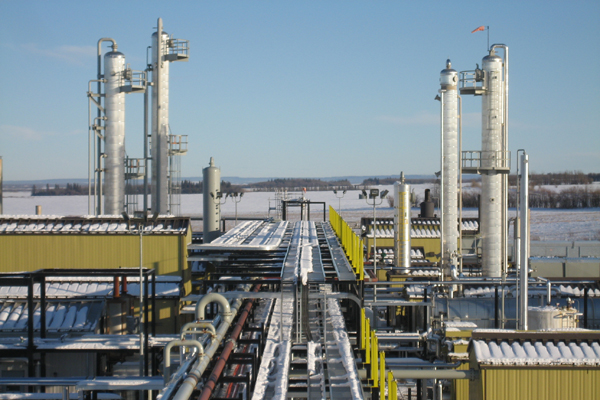Natural Gas to Become Most Important Source of Power in Next Decade, says BP
Natural gas is set to emerge as the fastest growing single source of power over the next decade as rising demand across emerging economies alters the energy sector, according to BP.
Ongoing economic expansion throughout Asia will drive rising world demand for energy over the next two decades at an average rate of 1.4 per cent a year, BP stated in its Energy Outlook 2035 report. Natural gas is poised to be the fastest-growing fossil fuel, as well as the cleanest, it added.
The BP chief executive Bob Dudley said in the report that renewables and unconventional fossil fuels such as shale oil and gas would gain a larger slice of the energy mix as the gas market becomes more global, leading “to greater congruence in global price movements” for liquefied natural gas.
“Fossil fuels are projected to provide the majority of the world’s energy needs, meeting two-thirds of the increase in energy demand out to 2035. However, the mix will shift. Renewables and unconventional fossil fuels will take a larger share, along with gas, which is set to be the fastest-growing fossil fuel,” he said.
“[Gas] will meet as much of the increase in demand as coal and oil combined,” Mr Dudley said.
Natural gas consumption is projected to increase 1.9 per cent a year, mainly as a result of an increase in demand from Asia. This will be met by rising conventional gas production, mostly from the Middle East and Russia, as well as about half from shale gas – of which the US will account for three-quarters of the world’s total supply.
Mark Reno, refining solutions director at UOP, a division of the US firm Honeywell specialising in processing solutions, said that the increase in natural gas consumption was expected as a result of more natural gas reserves globally.
“There’s no question that natural gas is going to play a big part in the future, whether it comes from the Middle East, US or Russia,” he said.
Last month, the UAE energy minister Suhail Al Mazrouei said that the country plans to boost imports of liquefied natural gas and develop its own deposits of high-sulphur, or sour, gas, including projects at Shah and Bab fields.
The share of global power generation of non-fossil fuels including nuclear, renewables and biofuels, is expected to increase to 38 per cent by 2035 from 32 per cent in 2013. BP also said that despite the market size of fossil fuels decreasing, traditional energy will remain dominant in 2035 at 81 per cent, down from 86 per cent in 2013.
“The world is built on the energy from oil, whether it’s petroleum, crude or gas – it’s a hydrocarbon-based economy,” Mr Reno said.
What will change is that all fossil fuel sources will contribute an almost equal share for the first time since the Industrial Revolution in the 19th century. And part of that can be attributed to a shift in the power generation sector.
According to the International Energy Agency, coal is the primary source of power generation, providing 40 per cent of the world’s electricity needs. The commodity was previously the fastest-growing fossil fuel between 2000 and 2013, but BP forecasts it to be the slowest growing over the next two decades.
The US is set to decrease its coal consumption by 220 million tonnes of oil equivalent because of its shale production.
Yet large economies, such as India, will continue to rely heavily on coal to generate power. Despite India’s government looking to curb its coal consumption by taxing every tonne of it mined or imported, BP said the subcontinent would continue to be a major contributor to the coal market.
According to the Indian government, coal contributes to more than half of the country’s primary commercial power generation. The feedstock has been considered the best option because it was abundant. BP forecasts coal consumption will increase by 360 million tonnes of oil equivalent in India by 2035 as a result of the increased demand for electricity.
“After three years of high and deceptively steady oil prices, the fall of recent months is a stark reminder that the norm in energy markets is one of continuous change,” said Spencer Dale, BP’s chief economist.
By LeAnne Graves | Published in The National | Feb 18, 2015
